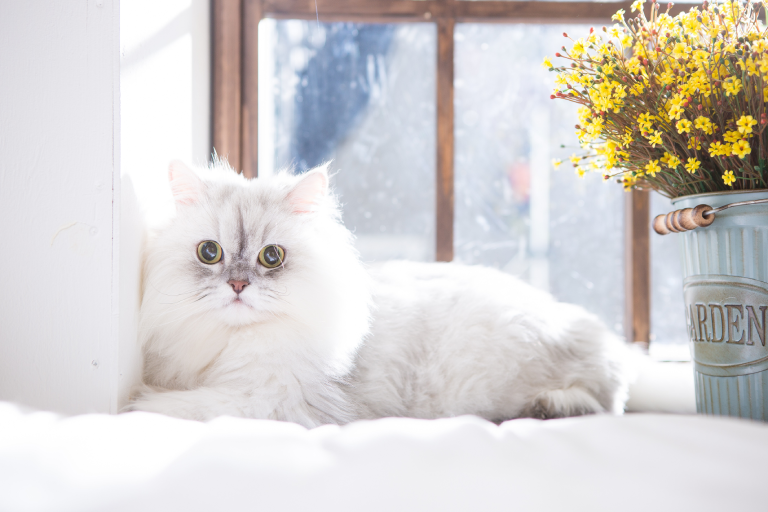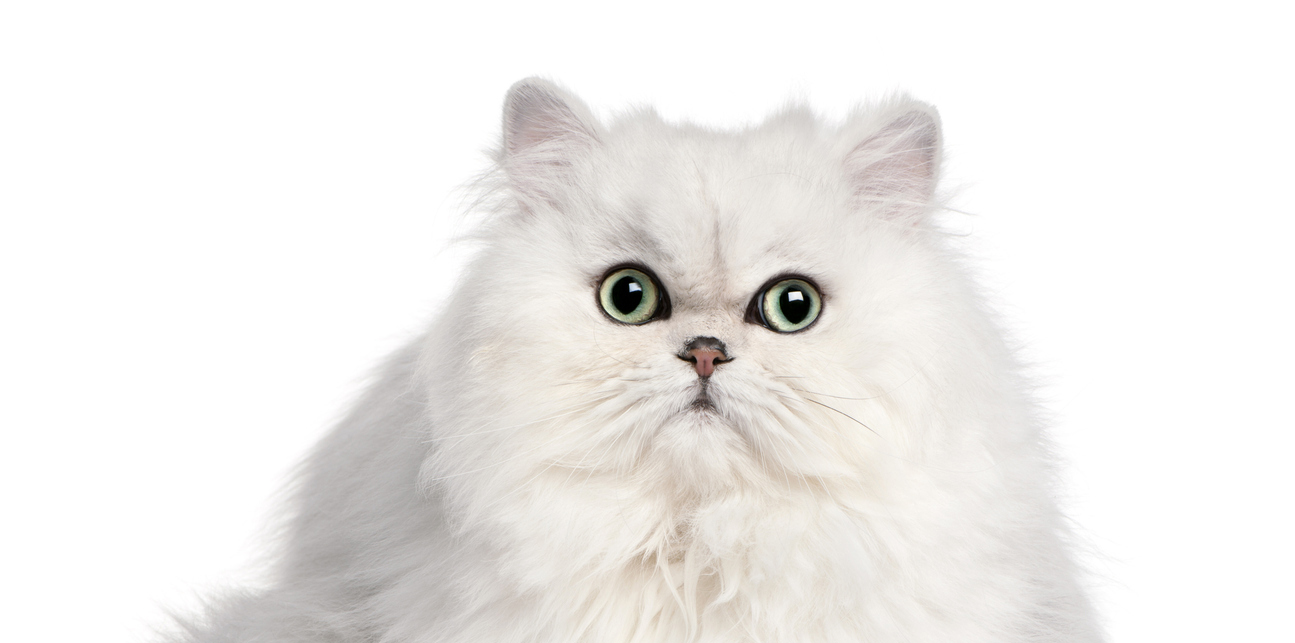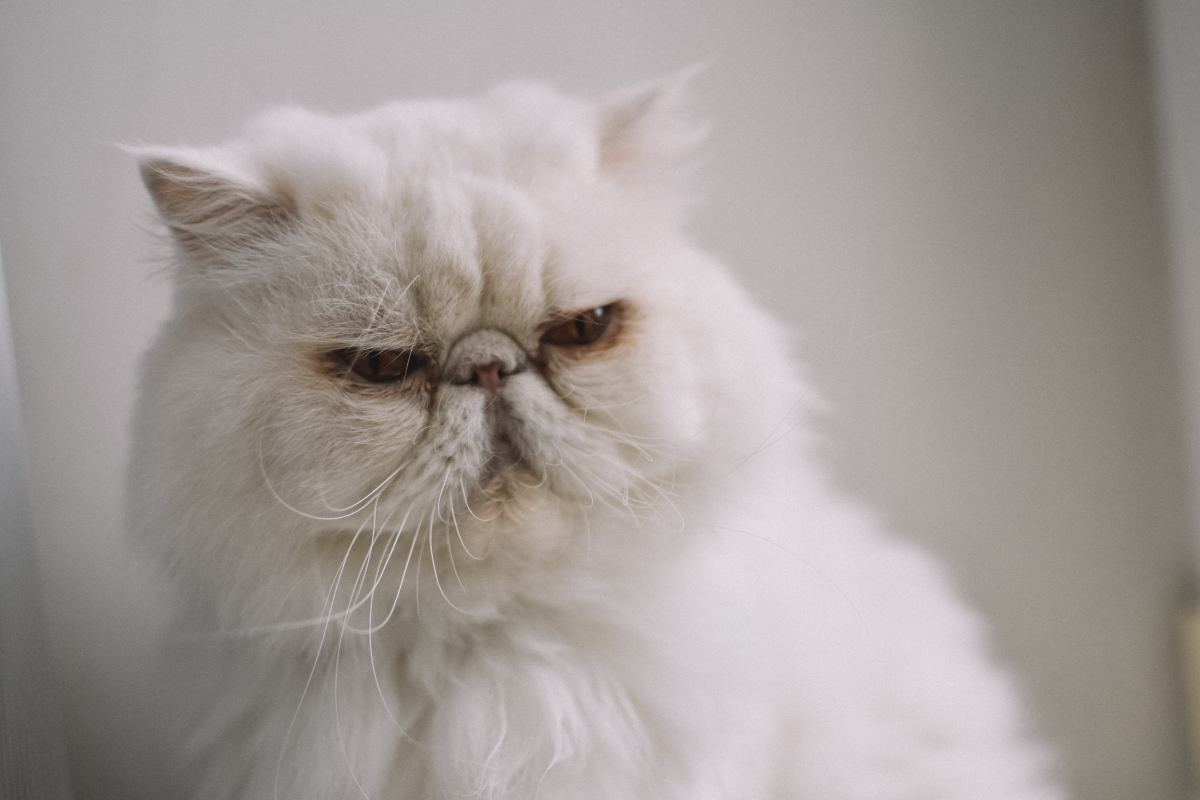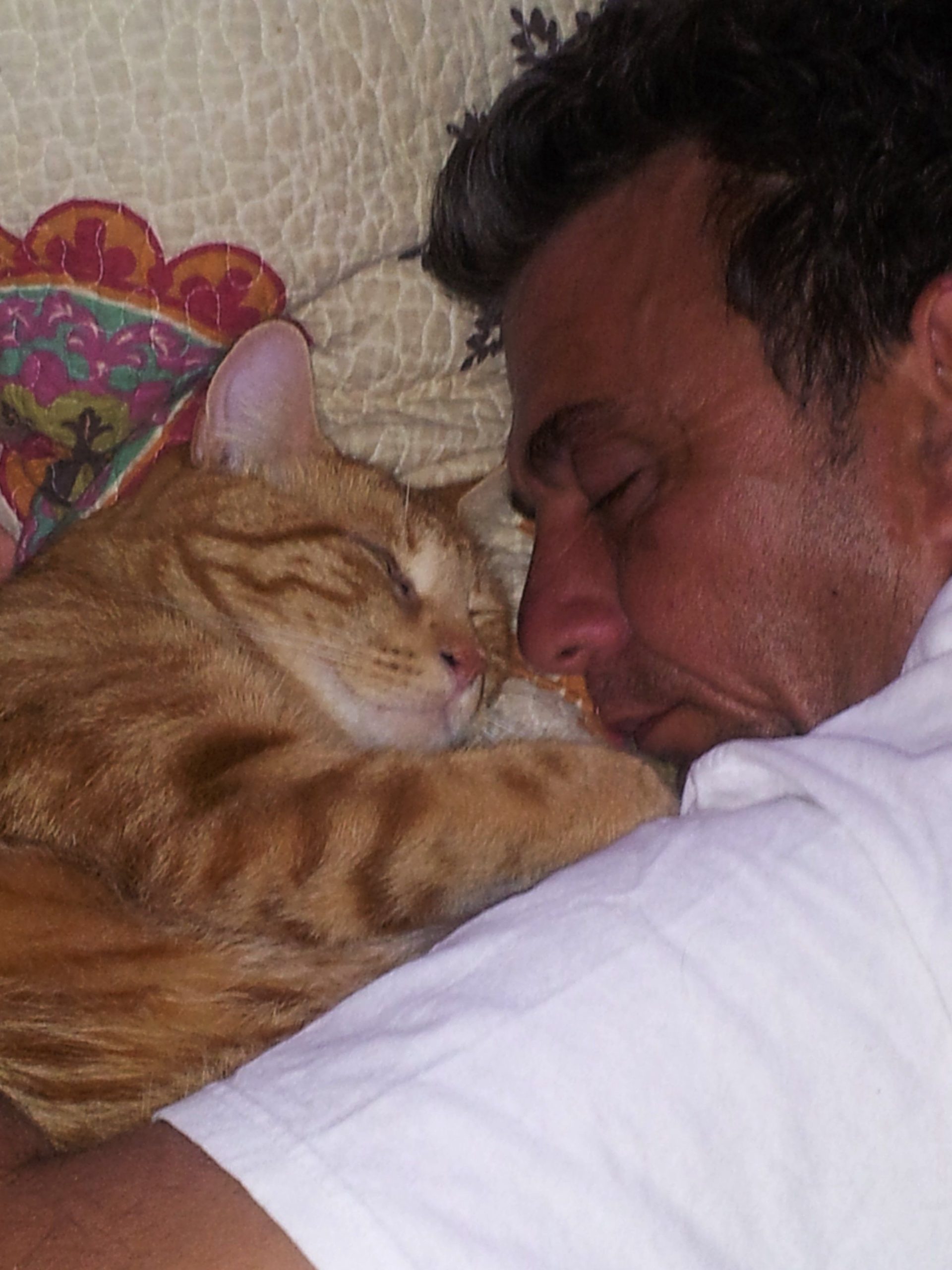Contents
- I. Introduction to Persian Cats
- II. The History and Origin of Persian Cats
- III. The Unique Characteristics of Persian Cats
- IV. Persian Cats and Their Popularity as Pets
- V. Persian Cats and Their Grooming Needs
- VI. The Health Considerations for Persian Cats
- VII. How Persian Cats Are Bred and Raised
- VIII. Persian Cats and Their Behavior Traits
- IX. Frequently Asked Questions about Persian Cats
- 1. How much do Persian cats typically cost?
- 2. Why are Persian cats more expensive compared to other cat breeds?
- 3. Do Persian cats require a lot of grooming?
- 4. Are Persian cats good with children?
- 5. Do Persian cats have any health issues?
- 6. Are Persian cats more independent or social?
- 7. Do Persian cats get along well with other pets?
- 8. Do Persian cats require a specific diet?
I. Introduction to Persian Cats

Persian cats are one of the most popular and sought-after cat breeds in the world. Known for their luxurious, long coats and charming personalities, Persian cats have captivated cat lovers for centuries. These elegant felines have a rich history and have become synonymous with beauty and grace.
1. Origin and History
The Persian cat breed is believed to have originated in Persia (now Iran) and has a long and fascinating history. They were first introduced to Europe in the 17th century, where they quickly gained popularity among the nobility and aristocracy. Their distinctive appearance and gentle demeanor made them highly desirable pets.
2. Physical Characteristics
Persian cats are known for their striking appearance. They have a round face with a short, broad nose, large round eyes, and a sweet expression. Their most distinctive feature is their beautiful, flowing coat, which requires regular grooming to keep it in top condition. Persian cats come in a variety of colors and patterns, including solid, tabby, shaded, and bi-color.
3. Personality Traits
Persian cats have a calm and gentle nature, making them ideal companions for those seeking a relaxed and peaceful household. They are known for being affectionate and loyal, often forming strong bonds with their owners. Despite their regal appearance, Persian cats are not overly demanding and enjoy a quiet and comfortable life.
4. Care and Maintenance
Due to their long coats, Persian cats require regular grooming to prevent matting and keep their fur looking its best. Daily brushing is recommended to remove tangles and prevent hairballs. Additionally, their eyes and ears should be regularly checked and cleaned to maintain their health. Persian cats are also indoor cats and should be provided with a safe and stimulating environment.
5. Health Considerations
While Persian cats are generally healthy, they are prone to certain health issues. Their short noses can result in respiratory problems, and their long coats can make them susceptible to skin conditions. Regular veterinary check-ups and a proper diet are essential for their overall well-being.
In conclusion, Persian cats are a breed that exudes elegance and charm. Their luxurious coats, gentle nature, and captivating personalities make them highly sought after as pets. Whether you are looking for a lap cat or a regal companion, Persian cats are sure to bring joy and beauty to your life.
II. The History and Origin of Persian Cats

## II. The History and Origin of Persian Cats
Persian cats are one of the most popular and sought-after cat breeds worldwide. Known for their luxurious long coats and sweet personalities, these feline beauties have a fascinating history and origin.
Ancient Roots
The roots of Persian cats can be traced back to ancient Persia, which is present-day Iran. It is believed that these cats were first discovered and selectively bred for their unique appearance around 5,000 years ago.
Introduction to Europe
The introduction of Persian cats to Europe can be credited to Italian trader Pietro Della Valle, who brought them back from Persia in the 17th century. Their striking beauty and gentle temperament quickly won the hearts of European nobility, leading to their popularity among the upper classes.
Breed Development
Over the centuries, breeders continued to refine the Persian cat’s appearance and characteristics. They focused on developing their signature long and silky coats, round faces, and stocky bodies. Through careful breeding practices, Persians became the epitome of elegance and grace.
Recognition and Standardization
The first cat show to include Persian cats was held in 1871 at the Crystal Palace in London, England. This event marked a significant milestone in the breed’s recognition and led to the establishment of breed standards. The Persian cat’s distinct traits were outlined, ensuring consistency in appearance and confirming their status as a recognized breed.
Continued Popularity
Fast forward to the present day, and Persian cats remain as popular as ever. Their unmistakable beauty, calm demeanor, and affectionate nature make them highly sought-after pets. Their presence in households around the world is a testament to their enduring popularity and charm.
III. The Unique Characteristics of Persian Cats

Persian cats are known for their distinctive features and unique characteristics. These adorable felines have captured the hearts of many cat lovers around the world. Let’s take a closer look at what makes Persian cats so special.
1. Luxurious Coat
One of the most striking features of Persian cats is their long, thick, and luxurious coat. These cats have a double-layered coat with a dense undercoat and a silky topcoat. Their fur comes in a wide range of colors and patterns, adding to their overall charm and beauty.
2. Sweet and Calm Personality
Persian cats are known for their gentle and calm nature. They have a sweet and affectionate disposition, making them great companions for both individuals and families. These cats enjoy a peaceful and relaxed environment, and they love to curl up on their owner’s lap for a cozy cuddle session.
3. Round Face and Big Eyes
The round face and big expressive eyes of Persian cats are simply irresistible. Their adorable flat faces, also known as the “doll face,” give them a unique and charming appearance. Their large, round eyes are usually a captivating shade of blue or green, adding to their overall cuteness.
4. Low Activity Level
Persian cats are not known for their high energy levels. They have a more laid-back approach to life and prefer a relaxed indoor lifestyle. These cats are content with a cozy spot near the window where they can observe the world outside or simply take a leisurely nap on a soft cushion.
5. Minimal Grooming Needs
Despite their long and luxurious coat, Persian cats have surprisingly low grooming needs. Regular brushing helps to prevent matting and keeps their fur in top condition. However, their calm nature and low activity level make them less prone to getting dirty, making grooming sessions easier and less frequent compared to some other breeds.
IV. Persian Cats and Their Popularity as Pets
:max_bytes(150000):strip_icc():focal(999x0:1001x2)/most-expensive-cats-5-1-0d89655d8eb84641b2b32716897dd487.jpg)
Persian cats are known for their stunning beauty and luxurious appearance. With their long, flowing fur, expressive eyes, and gentle demeanor, it’s no wonder why they are such popular pets among cat lovers worldwide.
1. The Origins of Persian Cats
The history of Persian cats can be traced back to ancient Persia (modern-day Iran), where they were highly regarded as royal companions. These regal felines were initially sought after for their unique physical features and affectionate nature.
2. Distinctive Physical Characteristics
One of the key reasons why Persian cats stand out among other breeds is their distinct physical characteristics. Their most notable feature is their long, luscious coat, which requires regular grooming to maintain its beauty and prevent matting. Persian cats also have a round face, small ears, and a snub nose, giving them an adorable and endearing appearance.
3. Gentle and Calm Temperament
Persian cats are known for their gentle and calm temperament, making them ideal companions for individuals or families looking for a relaxed and low-maintenance pet. They are often described as affectionate, docile, and sweet-natured, enjoying a peaceful and comfortable lifestyle.
4. Popular Choice for Indoor Living
Due to their long fur and delicate nature, Persian cats are typically kept as indoor pets. They are not as active as some other breeds and prefer a quiet and secure environment. Their low energy level makes them well-suited for apartment living or for people who have limited outdoor space.
5. High Maintenance Requirements
While Persian cats are undeniably beautiful, it’s important to note that they require regular grooming and maintenance. Their long fur is prone to matting and tangling, so daily brushing is necessary to keep their coat in top condition. Additionally, their facial structure makes them susceptible to eye discharge, which requires regular cleaning to prevent infections.
6. Health Concerns and Lifespan
Like any other breed, Persian cats have their share of health concerns. Some common issues include polycystic kidney disease, respiratory problems, and dental issues. It’s important for Persian cat owners to be aware of these potential health risks and provide proper veterinary care. With a well-maintained diet and regular check-ups, Persian cats can live up to 15 years or more.
V. Persian Cats and Their Grooming Needs

Persian cats are known for their luxurious and beautiful long coats. However, owning a Persian cat comes with the responsibility of meeting their unique grooming needs. These regal felines require regular and meticulous grooming to keep their coats healthy and prevent matting and tangling. Here are some important grooming aspects to consider if you are a proud owner of a Persian cat:
1. Daily Brushing
One of the most essential grooming tasks for Persian cats is daily brushing. Their long, silky fur is prone to matting, especially in areas like the armpits, behind the ears, and under the belly. Regular brushing not only prevents matting but also helps distribute natural oils, keeping the coat shiny and healthy. Use a wide-toothed comb or a specialized cat brush to gently remove tangles and knots.
2. Bathing and Drying
Persian cats should be bathed regularly to maintain their cleanliness and prevent oil buildup. Use a cat-specific shampoo and ensure the water is lukewarm, as extreme temperatures can be uncomfortable for them. After bath time, thoroughly dry your Persian cat using a soft towel or a low-heat blow dryer. Make sure their fur is completely dry to avoid skin irritations or infections.
3. Eye and Facial Care
Persian cats have distinctive facial features, including large and expressive eyes. However, their eyes are prone to tears and staining. To prevent eye discharge from causing stains, gently clean their eye area daily using a damp cloth or a specialized eye wipe. Additionally, pay attention to their facial folds, as dirt and debris can accumulate there. Use a soft cloth to wipe their face gently and keep it clean.
4. Nail Trimming
Regular nail trimming is crucial for Persian cats to prevent their nails from becoming too long or sharp. Invest in a pair of cat nail clippers and trim their nails once every few weeks. Be cautious not to cut too close to the quick, which can cause pain and bleeding. If you are unsure, consult a veterinarian or a professional groomer for guidance.
5. Dental Care
Oral hygiene is important for the overall health of your Persian cat. Brush their teeth regularly using a cat-specific toothbrush and toothpaste. This helps prevent dental issues such as tartar buildup and gum disease. Additionally, provide them with dental treats or toys designed to promote good oral health.
6. Regular Vet Check-ups
Lastly, ensure that your Persian cat receives regular check-ups from a veterinarian. Regular vaccinations, deworming, and preventive treatments are essential for their overall well-being. Your vet can also provide guidance on specific grooming needs based on your cat’s health and individual requirements.
By dedicating time and effort to grooming, you can ensure that your Persian cat remains healthy, comfortable, and stunningly beautiful. The bond you develop through these grooming sessions will not only benefit your cat’s physical well-being but also strengthen your relationship with your furry companion.
VI. The Health Considerations for Persian Cats
Persian cats are known for their unique appearance, with their long, luxurious coats and expressive faces. However, their distinctive features also come with certain health considerations that potential owners should be aware of.
Grooming Needs
One of the most important aspects of caring for a Persian cat is regular grooming. The Persian breed has a dense, thick coat that requires daily brushing to prevent matting and tangling. Neglecting their grooming needs can lead to discomfort for the cat and potential health issues, such as skin infections. Additionally, regular grooming helps to minimize hairballs, a common problem for cats with long fur.
Respiratory Issues
Due to their flat faces and shortened noses, known as brachycephalic features, Persian cats can be prone to respiratory problems. Their unique facial structure can make breathing more challenging, especially in hot and humid environments. It’s important to provide a well-ventilated living space for Persian cats and to keep them cool during hot weather to prevent breathing difficulties.
Eye Care
Persian cats are prone to eye-related issues, such as excessive tearing and eye discharge. Their large, round eyes can be more susceptible to infections and irritations. Regular eye cleaning with a gentle, vet-approved solution is necessary to prevent any complications. If you notice any persistent eye problems or changes in their eye appearance, it’s crucial to consult a veterinarian for proper diagnosis and treatment.
Dental Health
Like any other cat breed, Persian cats require proper dental care to maintain good oral health. Their unique facial structure can contribute to dental issues such as overcrowding, misalignment, and tooth decay. Regular brushing of their teeth and providing appropriate chew toys can help prevent dental problems. Additionally, regular dental check-ups by a veterinarian are essential to identify and address any dental issues early on.
Weight Management
Due to their sedentary nature, Persian cats can be more prone to weight gain and obesity. It’s essential to provide them with a balanced diet and engage them in regular physical activity to maintain a healthy weight. Obesity can lead to various health problems, including diabetes, joint issues, and heart disease. Monitoring their food intake and offering interactive toys or playtime can help keep them active and avoid excessive weight gain.
VII. How Persian Cats Are Bred and Raised
Persian cats are known for their luxurious and elegant appearance. To maintain their unique characteristics and ensure their well-being, breeders follow specific practices when breeding and raising Persian cats.
1. Selecting the Right Breeding Pair
The first step in breeding Persian cats is selecting the right pair. Breeders carefully consider the genetic background, health history, and physical attributes of the potential parents. This ensures that the kittens inherit desirable traits and have a better chance of growing into healthy and well-adjusted adults.
2. Preparing for Mating
Before mating, breeders ensure that both the female and male cats are in optimal health. They may conduct tests to check for any hereditary diseases or conditions that could be passed on to the offspring. Breeders also provide a comfortable and stress-free environment to encourage successful breeding.
3. The Mating Process
When the female Persian cat is in heat, she is introduced to the male cat for mating. Breeders closely monitor the process and ensure that both cats are comfortable and safe. Successful mating results in the female becoming pregnant and entering a gestation period of around 9 weeks.
4. Pregnancy and Birth
During the pregnancy, the breeder provides extra care and attention to the pregnant Persian cat. They make sure she receives a nutritious diet and regular veterinarian check-ups. As the due date approaches, a quiet and secluded area is prepared for the cat to give birth. The breeder is present to assist if needed, but generally, the mother cat takes care of the birthing process.
5. Caring for the Kittens
Once the kittens are born, the breeder closely monitors their health and growth. They provide a warm and safe environment, ensuring the kittens receive proper nutrition, socialization, and veterinary care. Breeders begin the process of grooming the kittens, introducing them to regular brushing and bathing routines to maintain their long, beautiful coats.
VIII. Persian Cats and Their Behavior Traits
Persian cats are known for their luxurious coats and elegant appearance, but they also have unique behavior traits that make them stand out from other cat breeds. If you’re considering getting a Persian cat as a pet, it’s important to understand these behavior traits to provide the best care and environment for your furry friend.
1. Calm and Gentle Nature
Persian cats are known for their calm and gentle nature. They are typically laid-back and enjoy a relaxed lifestyle. This makes them great companions for individuals who prefer a quieter and more peaceful environment.
2. Independent Yet Affectionate
Despite their independent nature, Persian cats can also be very affectionate towards their owners. They may not constantly seek attention, but when they do, they will make sure to let you know with their soft purrs and gentle nudges. It’s important to give them the space they need while also providing them with affectionate moments.
3. Reserved with Strangers
Persian cats are often reserved with strangers. It may take some time for them to warm up to new people and environments. They prefer familiar surroundings and may feel anxious or stressed in unfamiliar settings. It’s important to introduce them to new people and places gradually, allowing them to adjust at their own pace.
4. Playful and Curious
Contrary to popular belief, Persian cats are not just couch potatoes. They have a playful and curious side to their personality. While they may not be as energetic as some other breeds, they still enjoy interactive play sessions and exploring their surroundings. Providing them with toys and engaging activities will help keep them mentally stimulated.
5. Grooming Needs
One unique aspect of Persian cats is their grooming needs. Their long, luxurious coats require regular brushing to prevent matting and tangling. This grooming routine should be a part of their daily care to keep their coats healthy and free from knots. Additionally, their flat faces may require regular cleaning to prevent eye discharge buildup.
IX. Frequently Asked Questions about Persian Cats
Curious about Persian cats? Here are some frequently asked questions about these majestic felines:
1. How much do Persian cats typically cost?
The cost of Persian cats can vary depending on various factors, such as the cat’s pedigree, color, and overall quality. On average, Persian cats can range from $500 to $1,500 or even more.
2. Why are Persian cats more expensive compared to other cat breeds?
There are several reasons why Persian cats tend to be more expensive. Firstly, they are known for their striking appearance, with long, luxurious coats and distinct facial features. Additionally, breeding Persian cats requires careful selection and extensive grooming, which adds to the cost.
3. Do Persian cats require a lot of grooming?
Yes, Persian cats have a high-maintenance coat that requires regular grooming. Their long fur can easily become matted if not properly cared for. Daily brushing, occasional bathing, and regular visits to a professional groomer are necessary to keep their coat in top condition.
4. Are Persian cats good with children?
Persian cats are generally known for their calm and gentle temperament, which makes them suitable for families with children. However, it’s important to teach children how to handle cats properly and respect their boundaries to ensure a harmonious relationship.
5. Do Persian cats have any health issues?
Like any other cat breed, Persian cats may be prone to certain health issues. Common concerns include respiratory problems, eye conditions, and dental issues. Regular veterinary check-ups and a nutritious diet can help prevent or manage these health concerns.
Persian cats tend to be on the more independent side compared to some other breeds. While they enjoy the company of their human companions, they also appreciate having their own space and moments of solitude. However, each cat has its own unique personality, so some Persian cats may be more social than others.
7. Do Persian cats get along well with other pets?
With proper introductions and socialization, Persian cats can coexist peacefully with other pets, including dogs and other cats. Slowly introducing them and providing separate spaces initially can help them adjust and form positive relationships.
8. Do Persian cats require a specific diet?
Persian cats have specific dietary needs due to their unique facial structure. They may require smaller kibble or wet food that is easier for them to pick up and chew. It’s important to consult with a veterinarian to determine the most appropriate diet for your Persian cat.
These are just some of the commonly asked questions about Persian cats. Remember, each cat is an individual, so it’s essential to provide them with love, care, and attention based on their unique needs.

Jackson is an accomplished content writer with a flair for captivating storytelling. With a Bachelor’s degree in English Literature from the prestigious University of California, Berkeley, Hunter’s educational background has honed his writing skills to perfection. His love for felines is evident in his extensive knowledge of cat behavior and care, making him an expert in the field. Hunter’s passion for cats has led him to contribute insightful articles to various online platforms, providing valuable information and tips to cat owners worldwide. With his exceptional writing abilities and deep understanding of cats, Hunter continues to create engaging content that resonates with readers and leaves a lasting impact.
